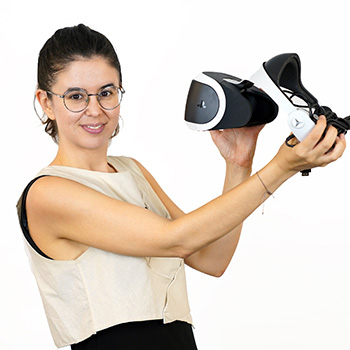Tokyo Research
Fear in action: Fear conditioning and alleviation through body movements
Author
Alemany-Gonzalez, Maria and Wokke, Martijn E and Chiba, Toshinori and Narumi, Takuji and Kaneko, Naotsugu and Yokoyama, Hikaru and Watanabe, Katsumi and Nakazawa, Kimitaka and Imamizu, Hiroshi and Koizumi, Ai
Abstract
Fear memories enhance survival especially when the memories guide defensive movements to minimize harm. Accordingly, fear memories and body movements have tight relationships in animals: Fear memory acquisition results in adapting reactive defense movements, while training active defense movements reduces fear memory. However, evidence in humans is scarce because their movements are typically suppressed in experiments. Here, we tracked adult participants' body motions while they underwent ecologically valid fear conditioning in a 3D virtual space. First, with body motion tracking, we revealed that distinct spatiotemporal body movement patterns emerge through fear conditioning. Second, subsequent training to actively avoid threats with naturalistic defensive actions led to a long-term (24 h) reduction of physiological and embodied conditioned responses, while extinction or vicarious training only transiently reduced the responses. Together, our results highlight the role of body movements in human fear memory and its intervention.

